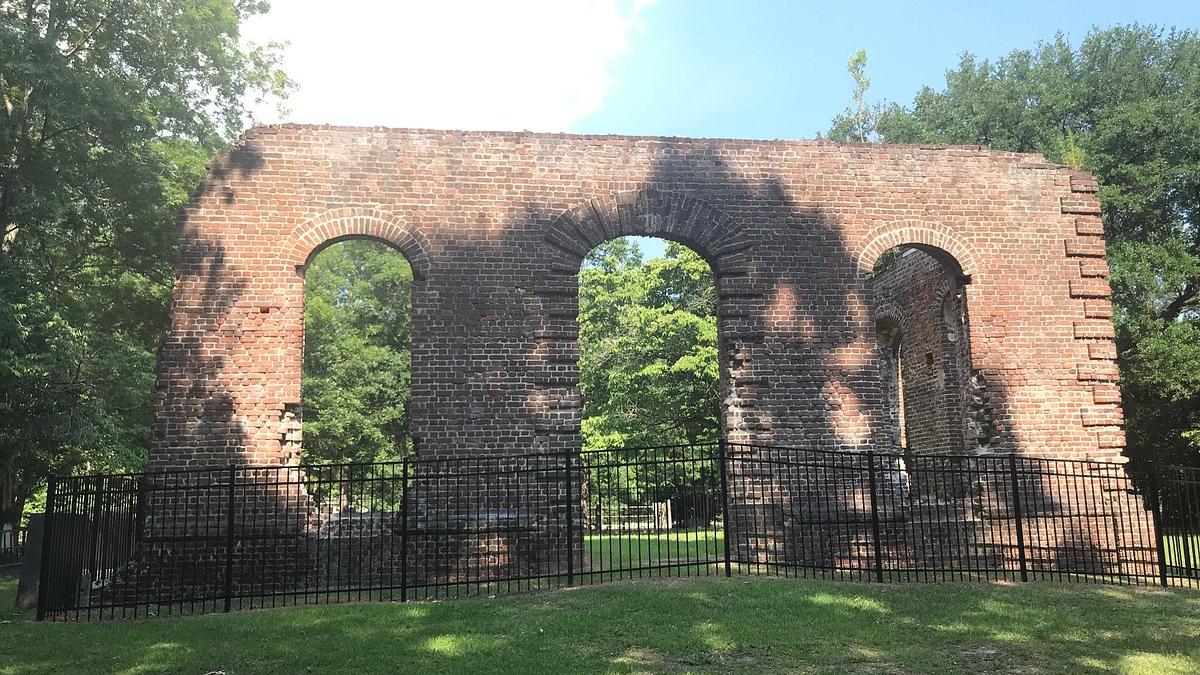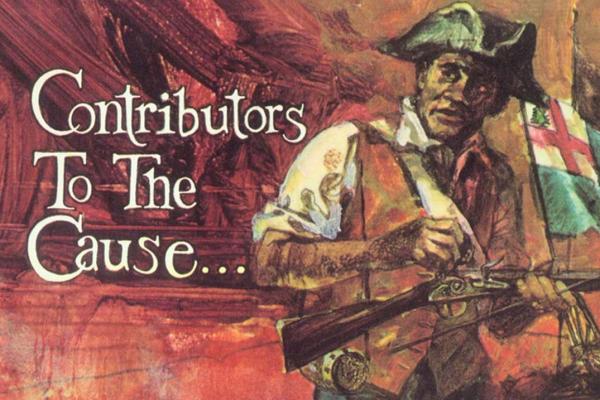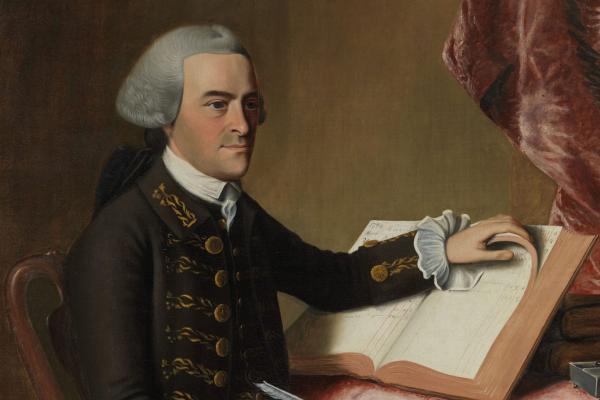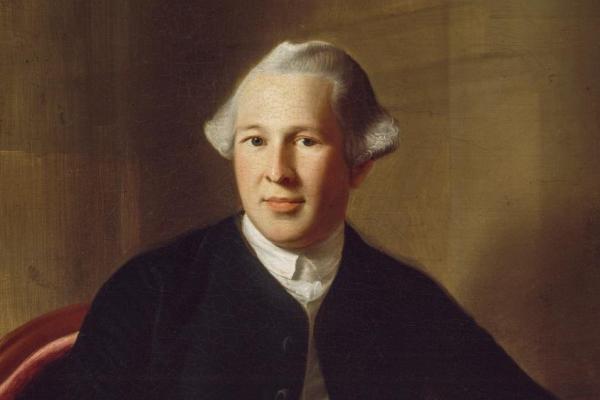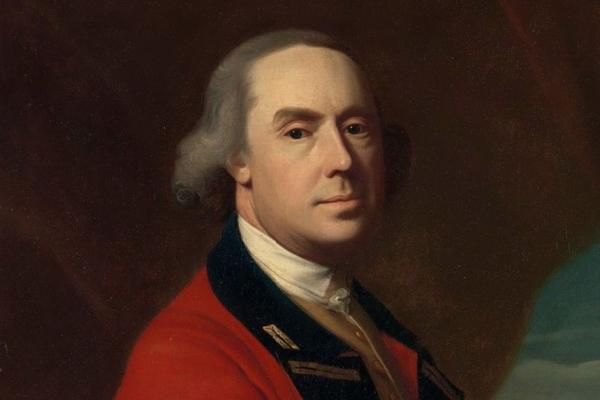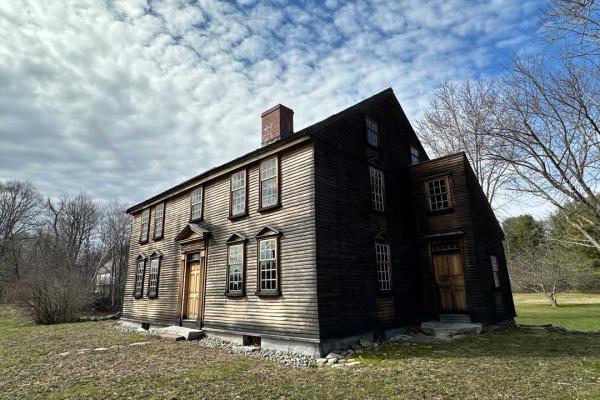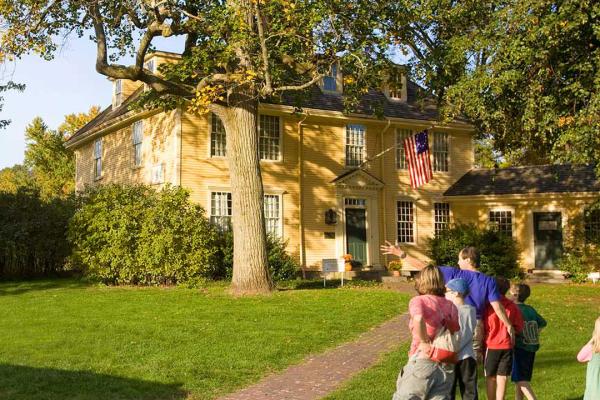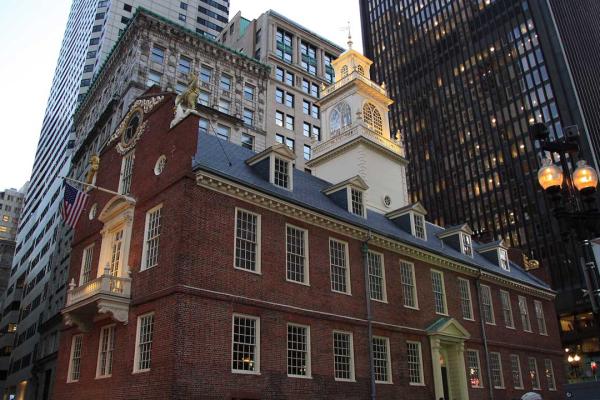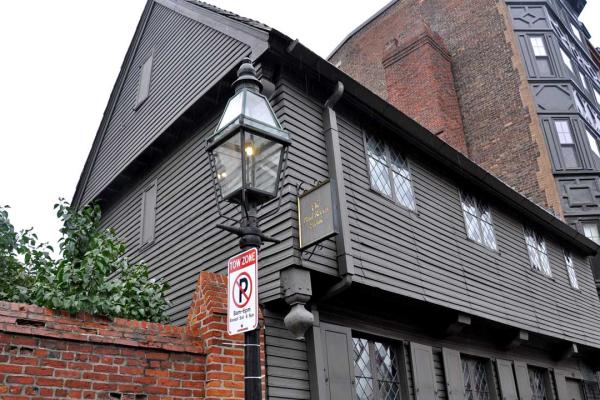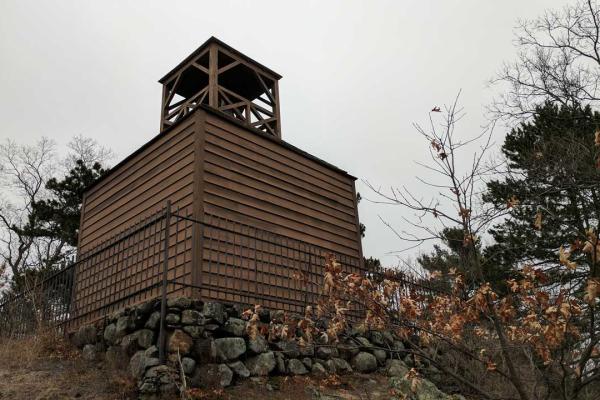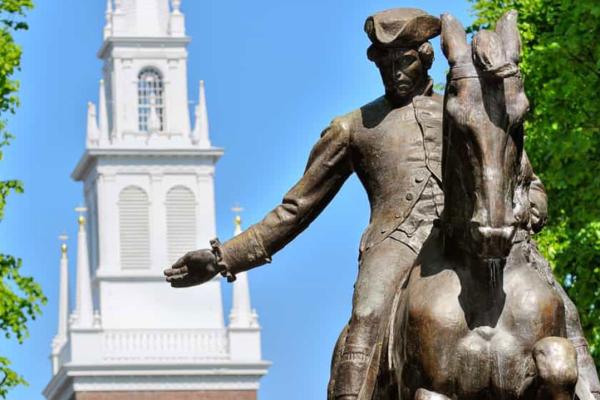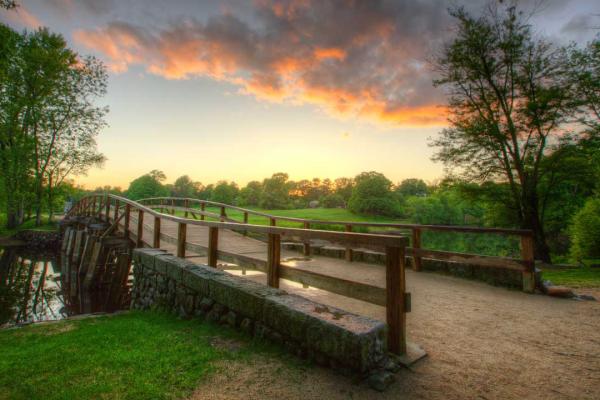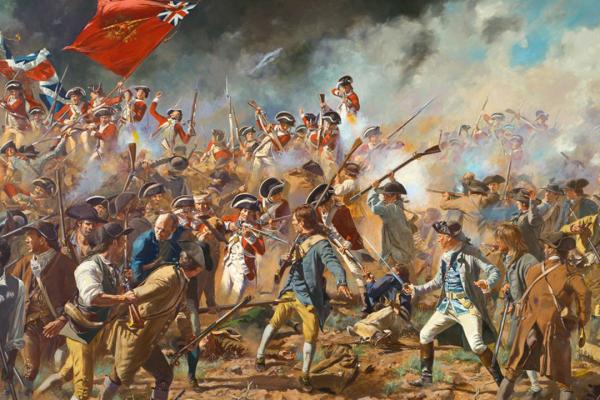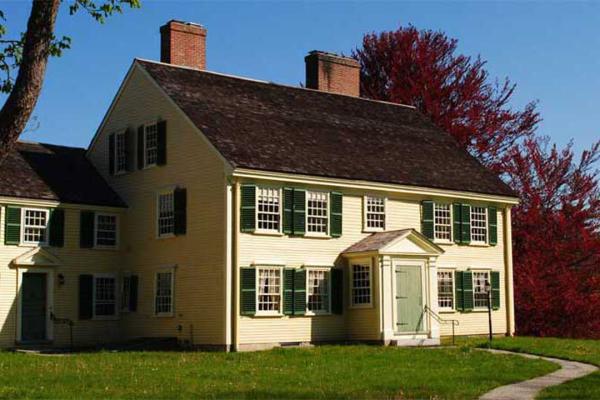Liberty Trail History Makers
The Revolutionary War was a war unlike any other — one of ideas and ideals, that shaped “the course of human events. Explore the history and personalities from this pivotal time in American history.A former slave who fought heroically at Bunker Hill, Poor served throughout the Revolutionary War and earned recognition for his bravery.
A wealthy merchant and political leader from Massachusetts, Hancock was a key figure in the American Revolution, serving as president of the Second Continental Congress, signing the Declaration of Independence, and later serving as governor of Massachusetts.
A passionate Patriot and key figure in early American resistance, Joseph Warren played a crucial role in organizing militias, warning leaders of the British approach, and commanding troops at the Battle of Bunker Hill, where he was killed in action.
A British Army officer who served in key conflicts including the French and Indian War and the American Revolution, Gate became Governor of Massachusetts and commander-in-chief of North America, overseeing events like the Battles of Lexington and Concord before being recalled to England in 1775.
